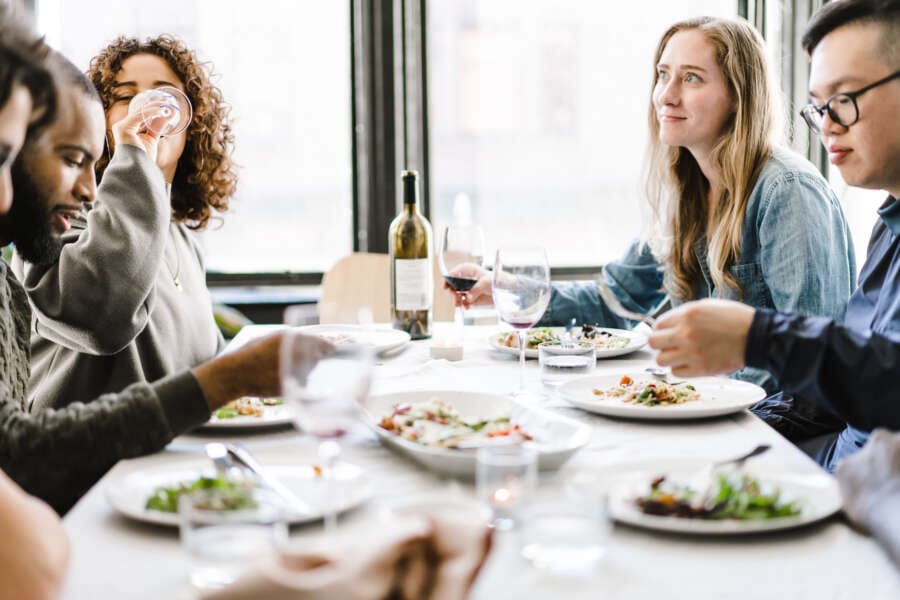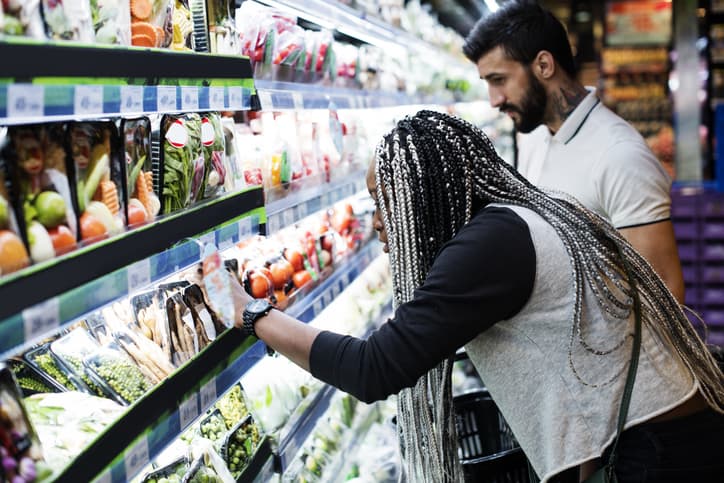
By Sujan Shah, CEO, Rocaba Packaging
The food & drink industry has changed exponentially over the last 18-months. Restaurants and pubs were among the first to shut when lockdown hit. All had to adapt to the fact that customers could no longer visit and eat inside their venues.
Since the first lockdown at the beginning of 2020, many food and drink brands have taken it upon themselves to rebrand, regroup and relaunch as takeaway services to encourage continuing trade. For example, larger chain restaurants took the innovative step of launching delivery-only brands, such as Pizza Express’ Mac & Wings, catering to the rapidly increasing demand for a completely virtual takeaway experience.
eCommerce has played an essential role both in helping existing brands to continue trading, but also in launching a number of new locally-based, start-ups. These entrepreneurial food businesses, many of which would not have aspired to offer food and drink takeaway or delivery services before the pandemic, have recognised the opportunity to trade from their homes, creating exclusive menus and benefiting from the scarcity of options for their customers.
So, what does the future hold as pubs, restaurants and hospitality venues start to open up? Trading virtually has opened new opportunities to providers and many will continue with these products even as in-person dining restarts and builds momentum.
Food & Drink in a virtual world
As a result of the pandemic, and by utilising the benefits of eCommerce and social media, smaller food & drink providers have had a unique chance to compete with established restaurant brands. Indeed, the focus on supporting local businesses and employers has been instrumental in overcoming the usual barriers to these businesses. Shopping locally has never been more popular, with many communities banding together to ensure that businesses stay open past the pandemic.
Unsurprisingly, there has been a substantial increase in demand for branded eCommerce packaging including courier boxes, pouches and packaging materials. For example, during the lockdown, Rocaba worked with a craft beer brand which previously supplied entirely to pubs and restaurants. Due to heavily reduced demand, it pivoted to supply direct to consumers, requiring specialised unique and personalised packaging which reflected its brand value. For this product, eCommerce packaging represents 10% of the total product value, something that would have been unheard off in the pre-pandemic environment.
The branded experience that was once easily delivered within a restaurant setting, has had to be move online, something smaller, more agile providers, especially sole providers who were trading locally or from home, probably found easier to do.
Branded eCommerce packaging in 2021 and beyond
Our new way of cooking and eating has opened opportunities for packaging providers – particularly when it comes to marketing food brands and takeaway services to customers. Food packaging, which must now consider temperature-controlled environments, sustainable materials, and Covid-free packing, also provides the chance to showcase bespoke branding to encourage social media shares, word of mouth and online reviews (particularly important when you consider the number of smaller, lesser-known providers entering the market).
So how should buyers be approaching branded eCommerce packaging, particularly as lockdown lifts and we start seeing a more hybrid approach to purchasing with some consumers returning to shops and restaurants. There are a number of questions to ask when thinking about your eCommerce strategy:
- What percentage of sales do you anticipate will remain online beyond 2021?
- Have you pivoted your product or menu as a result of the pandemic, for example, are you now selling to a wider or different market with varied or different expectations?
- How does your eCommerce packaging demonstrate your ESG efforts? How do you advertise your green credentials on courier pouches and boxes?
- Is your brand value reflected in the quality of packaging used? With more customers receiving products via delivery, how would you like your product to arrive in people’s homes?
- What proportion of marketing budget should now be allocated away from in-store to eCommerce experiences?
With eCommerce expected to continue as a major sales channel for retailers for many months to come, we expect more buyers to be looking at alternative packaging and delivery options for their customers. Price will clearly still play a role, but with consumer behaviour shifting, possibly for the long-term in a post-pandemic world, careful consideration must be given to how we communicate brand to our customers in a myriad of different ways.


